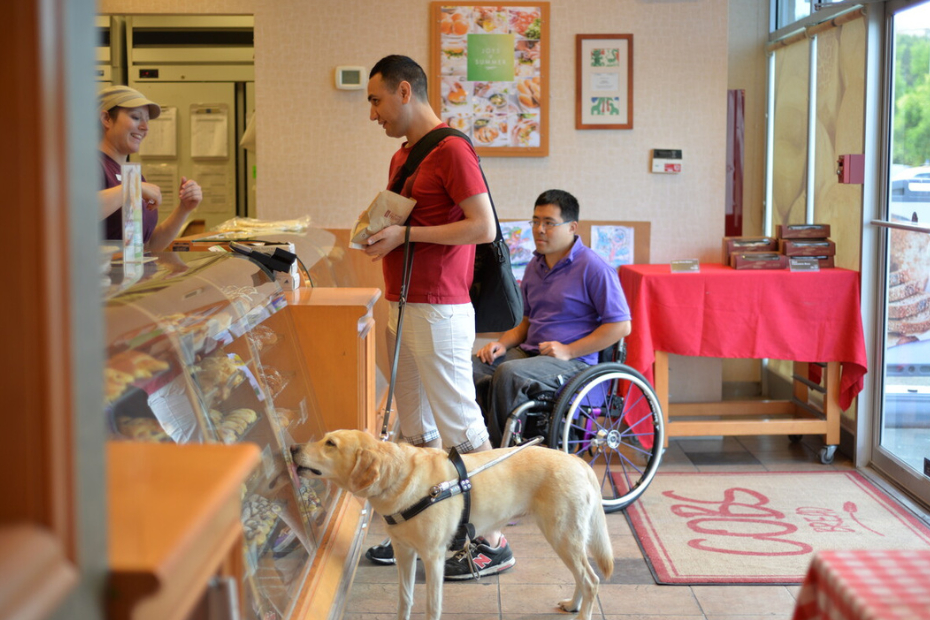Listen on Apple Podcasts, Google Podcasts, Spotify or Simplecast
When it comes to business disruption, there’s a saying that the impact usually takes much longer to hit than anyone predicted – and then hits with a force no one thought possible.
Exhibit A: food delivery.
The lockdowns in mid-March shut down pretty much every restaurant in Canada, and led to an overnight boom in food delivery that’s been years in the making and now shows few signs of slowing.
Winnipeg-based SkipTheDishes has been at the forefront, moving to get roughly one-quarter of Canada’s 100,000 restaurants on its platform while also retooling that platform to help the sector respond to changes in consumer tastes that few might have imagined. (Cocktail kits, anyone?)
Skip, which was bought in 2016 by Britain’s Just Eat plc, is now part of a global network that’s in a race for scale, as the world shifts to an “eat anything, anytime, anywhere” model.
The model is about much more than data analytics and service optimization. As Skip’s CEO Kevin Edwards sees it, food delivery needs to continue to find ways to connect local creators and local consumers, in a new world that focuses on food quality as well as food efficiency.
As that shift accelerates, food delivery will transform many restaurants into 24/7 operations, Edwards says on the latest episode of the RBC Disruptors podcast. And it will help them draw the new customers they’ll need to rebuild.
Some other key takeaways from our podcast:
1. Delivery doesn’t have to displace restaurants; it can help them grow
Roughly 80% of Skip’s customers have not been to the restaurants they order from, highlighting the ability of technology to build markets. Yet going into the pandemic, few restaurants had the tools or mindset to seize on this disruption. One 2019 survey found only 52% of restaurant owners had a website.
2. Digitizing the restaurant is not just a click away
Posting a menu online is not a digital strategy. The post-pandemic economy will require restauranteurs to employ tools like social media and data analytics to get in front of markets and move quickly with changing tastes.
3. Restaurants will need blended models
Look for restaurants to employ blended models moving forward, bridging enjoyable in-house dining experiences with robust delivery offerings. It will be critical to building and retaining core markets – the loyal patron – as well as developing creations that work only in restaurants. (Hello, Baked Alaska.) At the same time, most restaurants will also need delivery to reach new customers, stay connected with old ones and – critically – develop more robust revenue streams.
4. The food industry is now a tech industry
Canada has a rapidly growing supply of tech workers, who are critical to the development of Canadian-made platforms. Skip is a clear winner in that environment, with 2,000 employees in Winnipeg, many of them skilled immigrants. But Canadian tech needs to focus on helping restaurants transform, too. Getting the digital tools and mindset to restauranteurs is a big opportunity for the Canadian recovery.
5. It matters to every community
Restaurants are part of the connective tissue of communities, from the local coffee shop to the family diner. They’re also an integral part of the Canadian economy – the fourth-largest employer and biggest source of first jobs. And then there’s procurement. The broader food-services sector spends roughly $30 billion on food and beverage purchases, supporting Canadian farmers and the agri-food sector, and accounts for an estimated 4% of Canadian GDP.
This article is intended as general information only and is not to be relied upon as constituting legal, financial or other professional advice. A professional advisor should be consulted regarding your specific situation. Information presented is believed to be factual and up-to-date but we do not guarantee its accuracy and it should not be regarded as a complete analysis of the subjects discussed. All expressions of opinion reflect the judgment of the authors as of the date of publication and are subject to change. No endorsement of any third parties or their advice, opinions, information, products or services is expressly given or implied by Royal Bank of Canada or any of its affiliates.



















